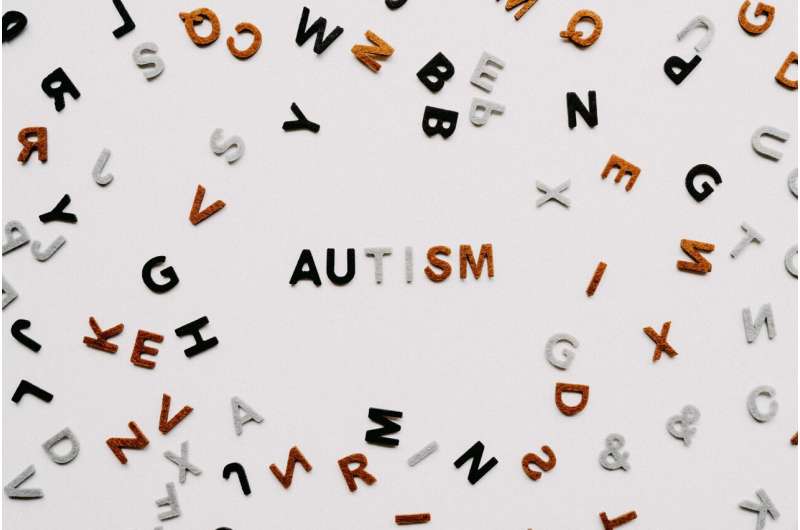
In the decades since the “clinical” definitions of autism in the 1980s, many have been advocating to understand autism as a normal part of the neurodiversity spectrum rather than as a “problem” to be “fixed.” Still, in the research literature, autism is often described using medical or pathologizing language. To make autism research less harmful to the autistic community, researchers publishing in the journal Trends in Neurosciences on September 29 lay out a data-driven guide for how scientists and researchers should talk about autism in their work.
“The evolution in the understanding of autism has also mirrored a transition in the use of language in research contexts,” write the authors. “Historically, most autism research has been carried out without input from autistic people. This research has often described autism and autistic people using medicalized, pathologizing, and deficit-based language (e.g., disorder, impairment, cure) and person-first language (e.g., child with autism).”
The paper was authored by Ruth Monk, an autistic researcher at University of Auckland in New Zealand; Andrew Whitehouse, an autism researcher at the Telethon Kids Institute and professor at The University of Western Australia; and Hannah Waddington, a senior lecturer in educational psychology at Victoria University of Wellington, New Zealand.
The authors offer a table of potentially offensive language and preferred alternatives, compiled from several large surveys of autistic community members.
For example, “autism spectrum disorder” should be replaced with “autism”; “person with autism” replaced with “autistic person”; “normal” replaced with “allistic” or “non-autistic”; and “co-morbidity” with “co-occurring.”
“Autistic people have the most intimate autism expertise through their first-hand lived experience,” the authors write. “Thus, there is increasingly widespread acknowledgement that the terminology used to refer to autism and autistic people should prioritize the perspectives and preferences of autistic people themselves. These preferences been explored by several large surveys conducted by researchers and autistic advocates.”
Source: Read Full Article
